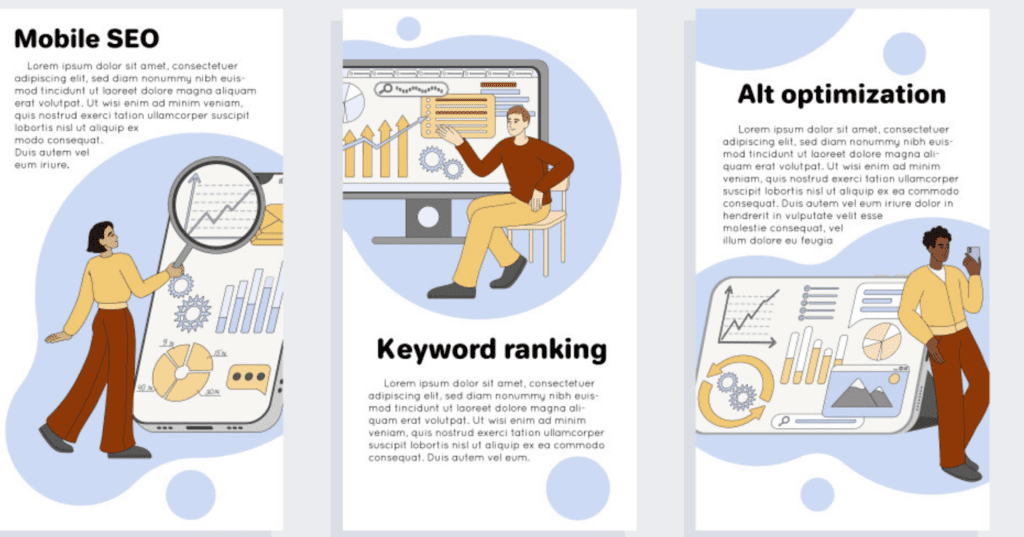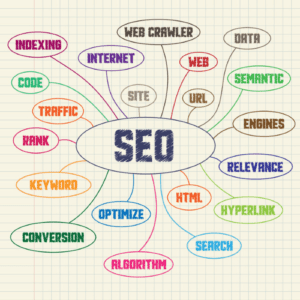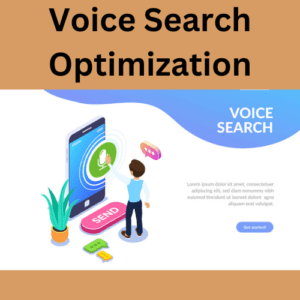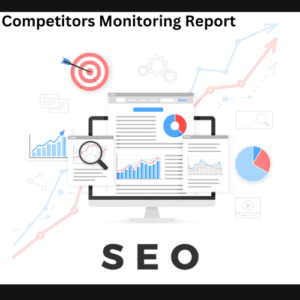Services
Monthly reports seo website services audit traffic ranks | best Monitoring
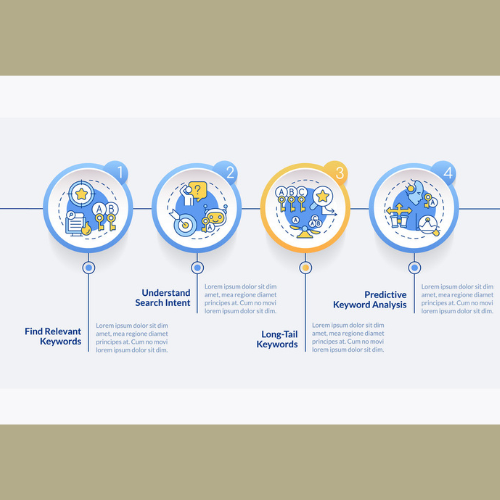

Long-tail keywords
Identify Long-Tail Keywords: These are longer and more specific phrases. They tend to have lower competition and can convert better as they match particular search intent.
Use Tools: Tools like Google’s autocomplete feature or AnswerThePublic can help generate long-tail keywords.
Long-tail Keywords: More specific phrases with lower search volume but higher conversion rates (e.g., “best running shoes for women”). LSI (Latent Semantic Indexing) Keywords: Related terms that add context to your primary keywords (e.g., “jogging footwear” for “running shoes”).
SEO Website Services Content Optimization
Add New Content Regularly: Fresh, high-quality content keeps users engaged and signals to search engines that your site is active. Repurpose Old Content: Update outdated statistics, add new insights, or expand on existing topics. Use Multimedia: Embed images, videos, and infographics to enhance user engagement and time spent on the page. Update Titles and Meta Descriptions: Ensure each page has a unique title and meta description that includes your primary keyword.
Header Tags (H1, H2, H3): Use these to structure your content. Include relevant keywords in your headings where appropriate.
Keyword Density: Naturally incorporate keywords into the content, but avoid overstuffing.
Improve Readability: Use short paragraphs, bullet points, and simple language. Tools like Hemingway and Grammarly can help with this.
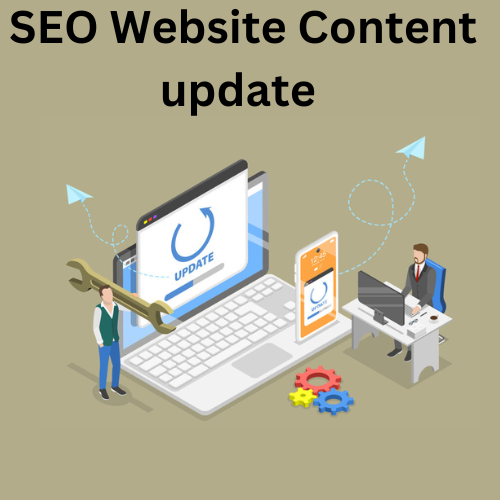



Common SEO website link building Mistakes to Avoid
While building links is essential for SEO, it’s important to avoid common mistakes that can harm your website’s reputation and rankings.
Low-Quality Links: Avoid acquiring backlinks from low-quality, irrelevant, or spammy websites.
Over-Optimization of Anchor Text: Using the same anchor text repeatedly can lead to penalties from Google.
Buying Links: Paid links can lead to penalties if Google detects them. Focus on earning links naturally.
Ignoring Content Quality: No amount of link-building can compensate for poor content quality.
SEO Content Strategy
Content Types: Analyze the types of content your competitors are producing—blog posts, infographics, videos, guides, etc.
Content Frequency: Determine how often competitors are publishing new content. Are they producing weekly blog posts, monthly guides, or quarterly whitepapers?
Content Topics: Identify the common topics or themes in their content strategy. For example, Competitor B might focus on detailed product reviews, while Competitor C emphasizes “how-to” guides and tutorials.
Content Performance: Evaluate the performance of their content by looking at metrics like social shares, backlinks, and engagement.




Benefits of Off-Page SEO Marketing Services
Improved Rankings: By building high-quality backlinks and enhancing your brand’s online presence, an off-page SEO website helps increase your website’s authority and improves its rankings on search engines.
Increased Traffic: Off-page activities like social sharing, influencer marketing, and content promotion drive traffic from external sources to your website.
Stronger Brand Reputation: Positive reviews, influencer partnerships, and mentions in reputable publications all contribute to improving your brand’s reputation online.
Better Domain Authority (DA): Consistent link-building efforts increase your domain authority, which helps improve your chances of ranking for competitive keywords.
Local SEO website Improvement: Local citations, directory listings, and reviews contribute to better performance in local search results, attracting more local customers.
Search Engine Optimization (SEO) Data Analysis
SEO website data analysis involves gathering, interpreting, and acting on data to optimize your website’s performance. This data can come from various tools and platforms, and the analysis focuses on improving rankings, traffic, and conversions.
Key Areas of SEO Data Analysis:
Keyword Performance: Analyzing which keywords are driving traffic, conversions, and rankings, and identifying opportunities for optimization.
Traffic Sources: Understanding where your traffic is coming from (organic, direct, referral, etc.) and how different channels contribute to SEO goals.
User Behavior: Tracking metrics like bounce rate, time on page, and user flow to identify content that’s engaging or underperforming.
On-Page SEO website Metrics: Monitoring on-page factors like meta tags, title tags, heading tags, and internal linking structures for SEO best practices.


